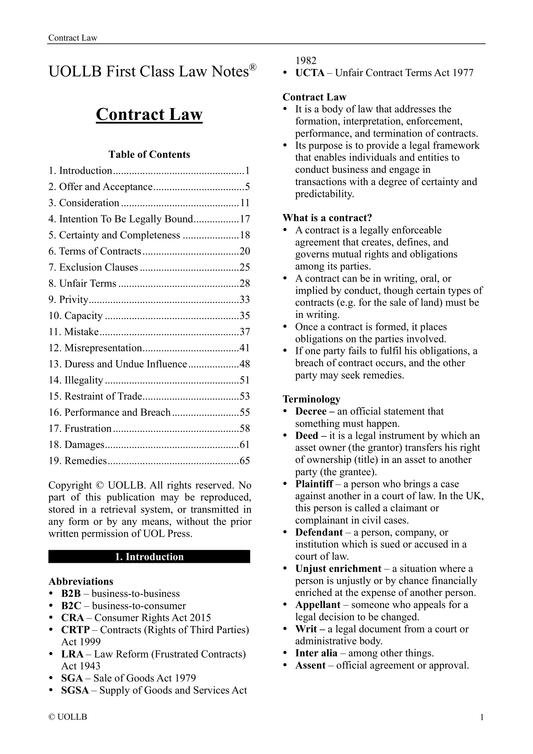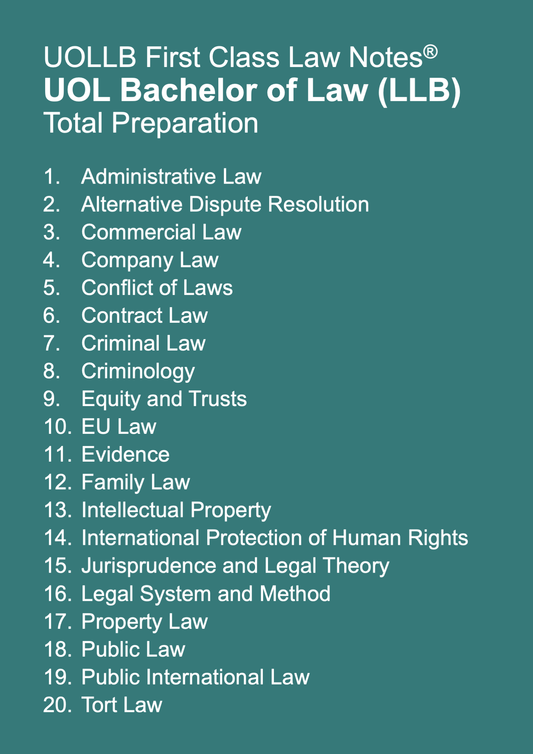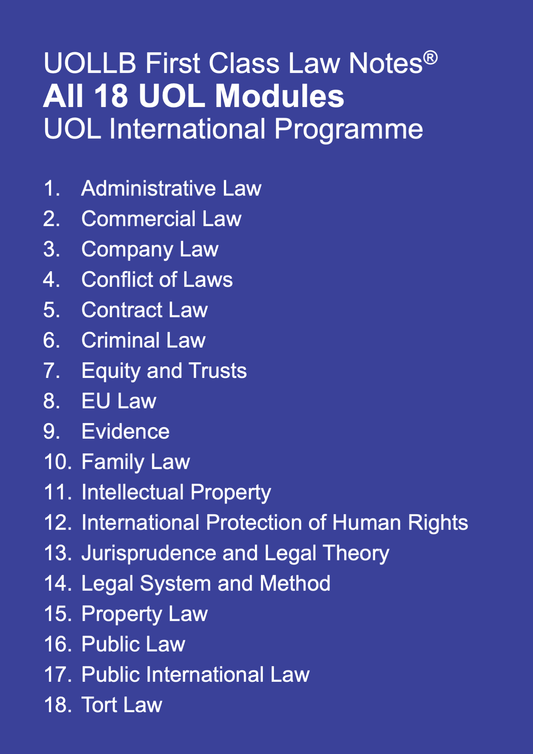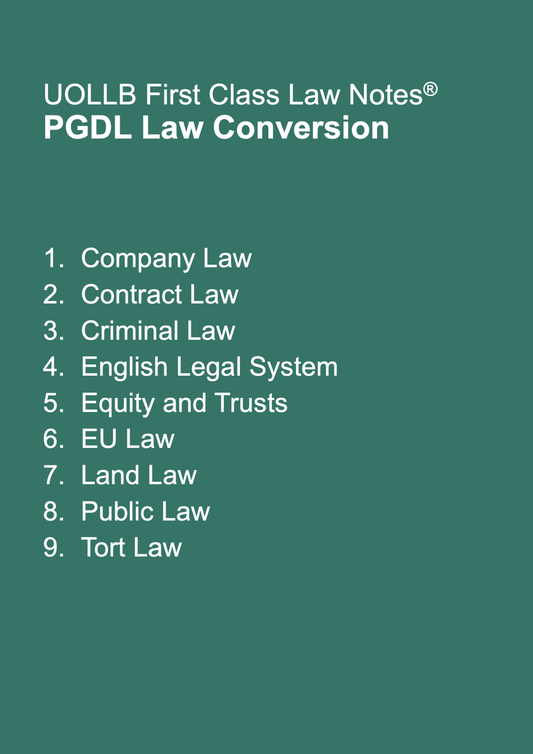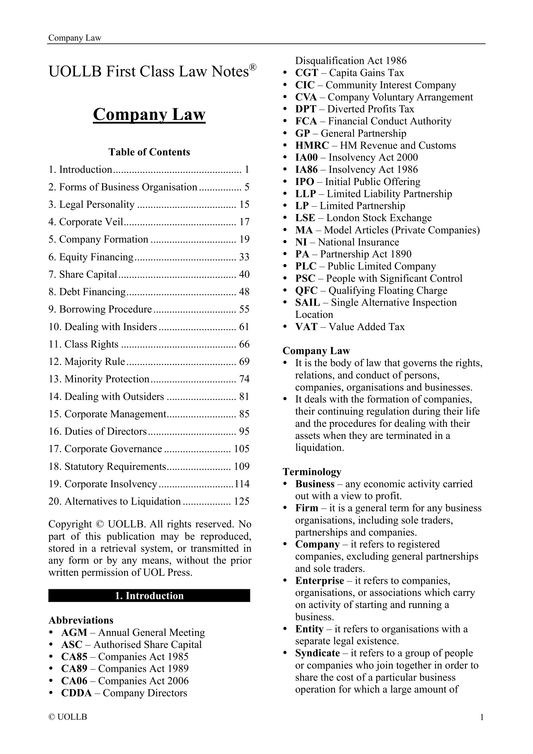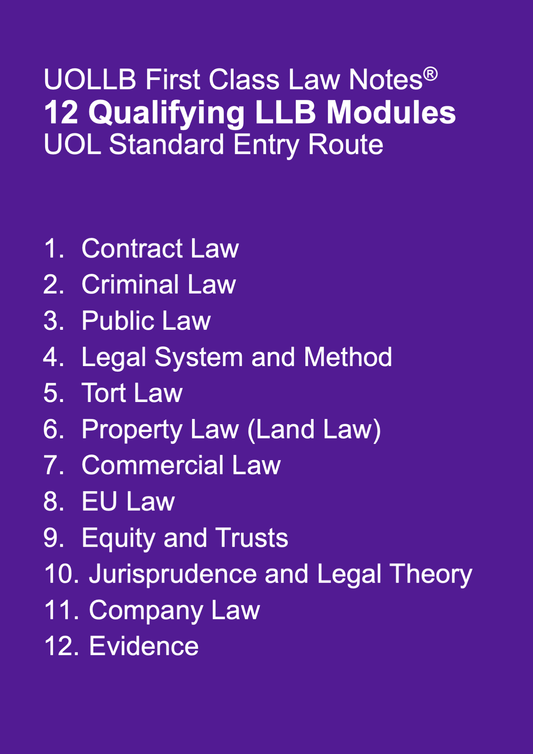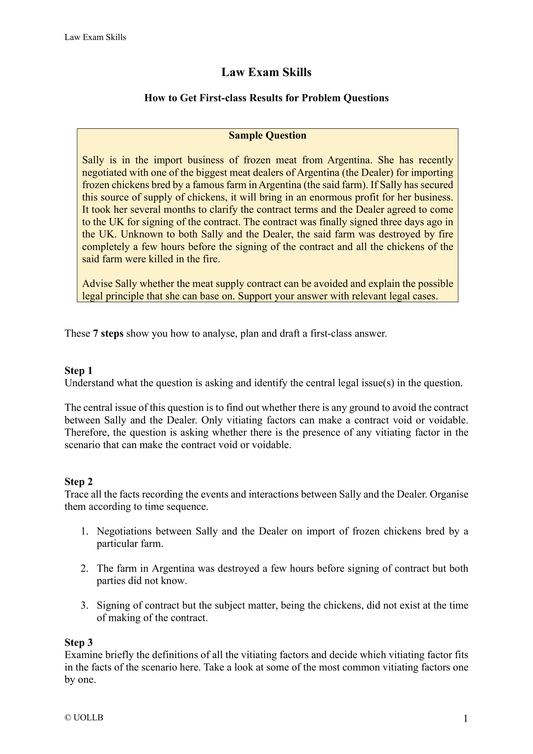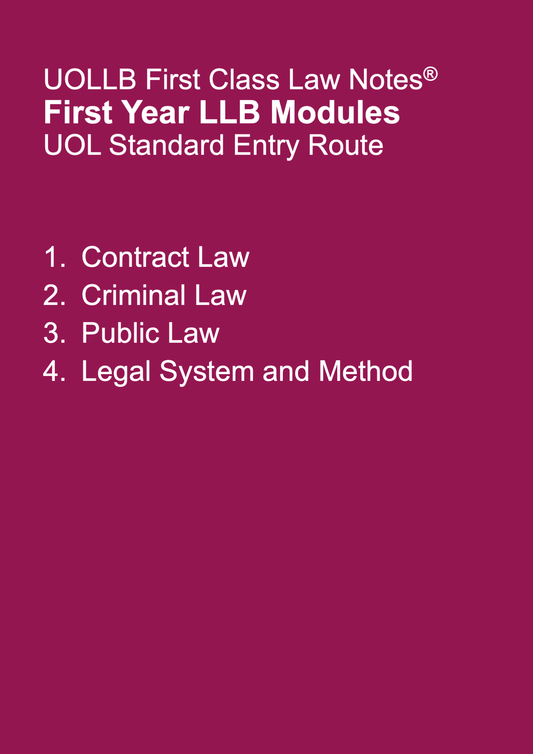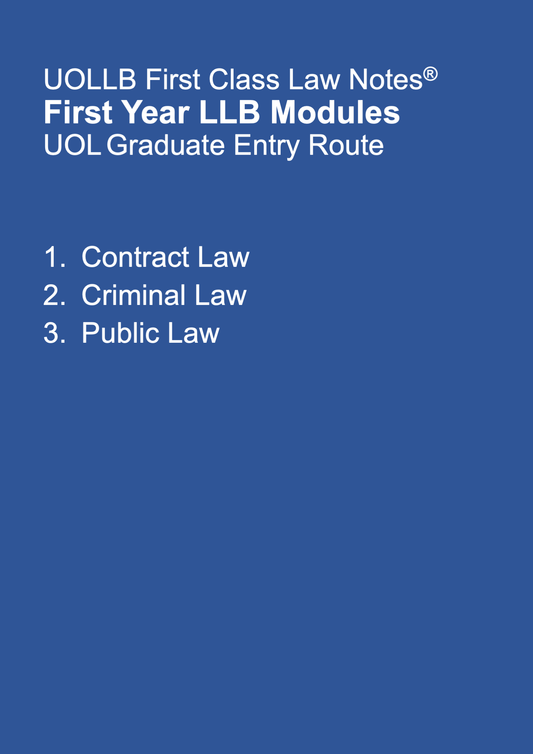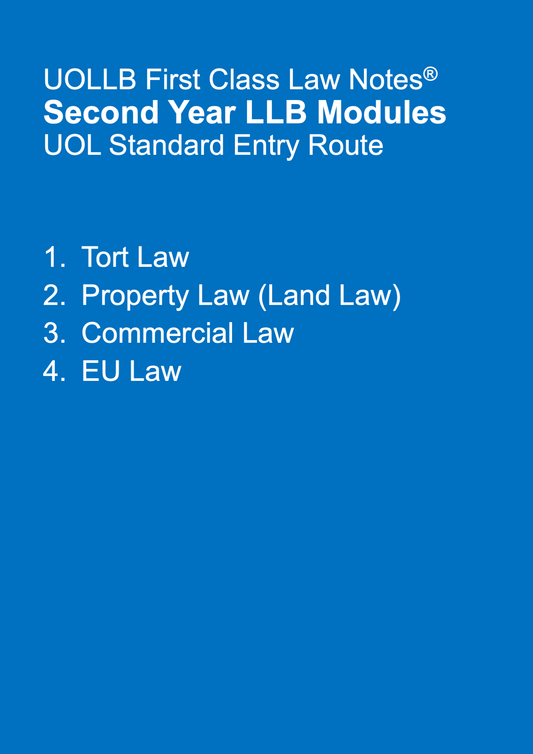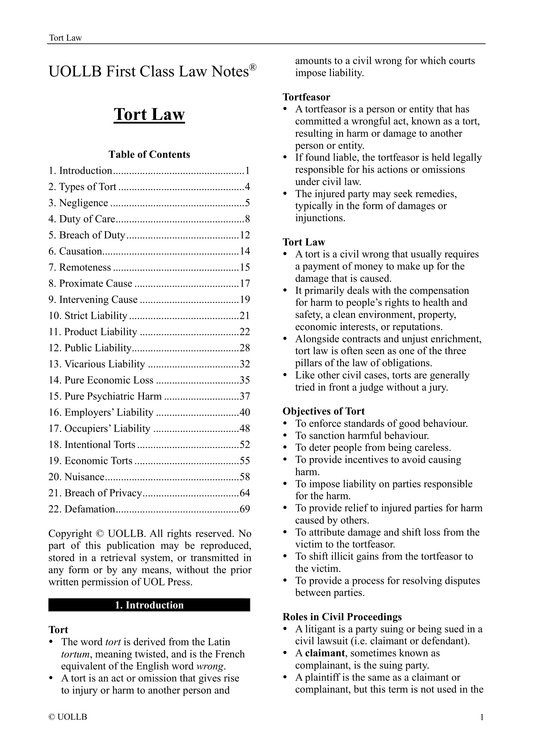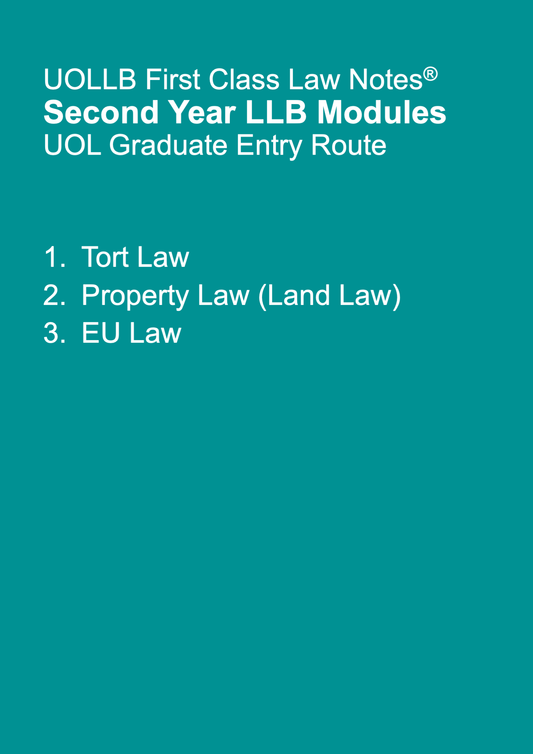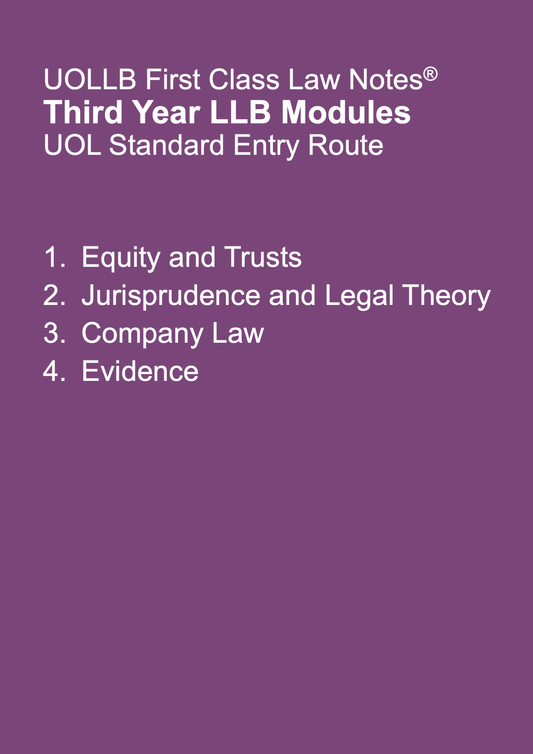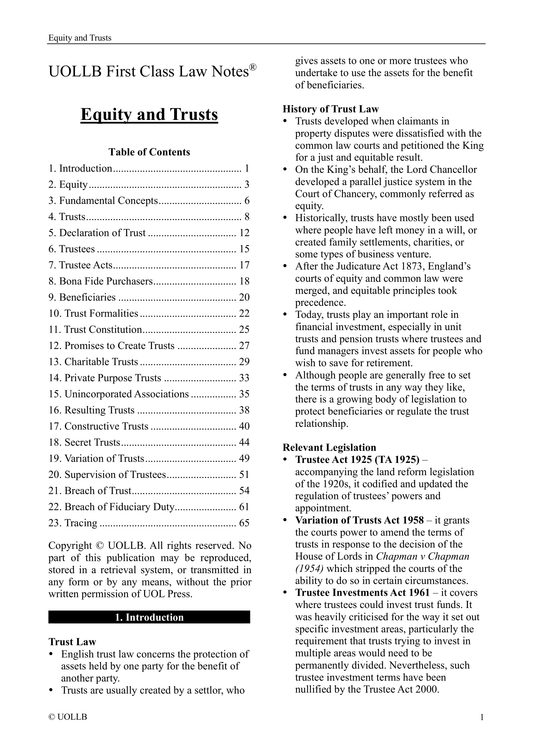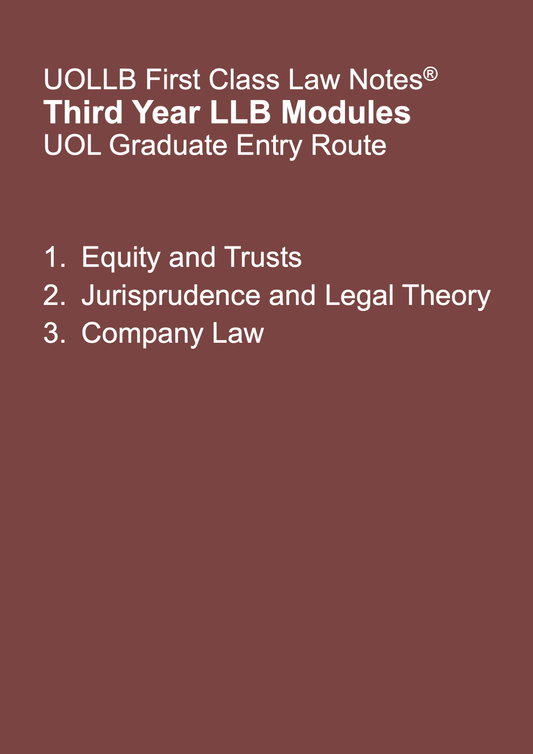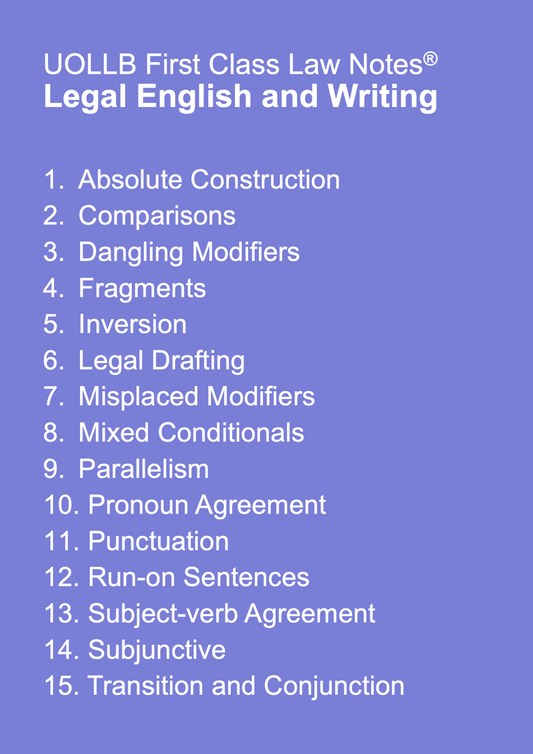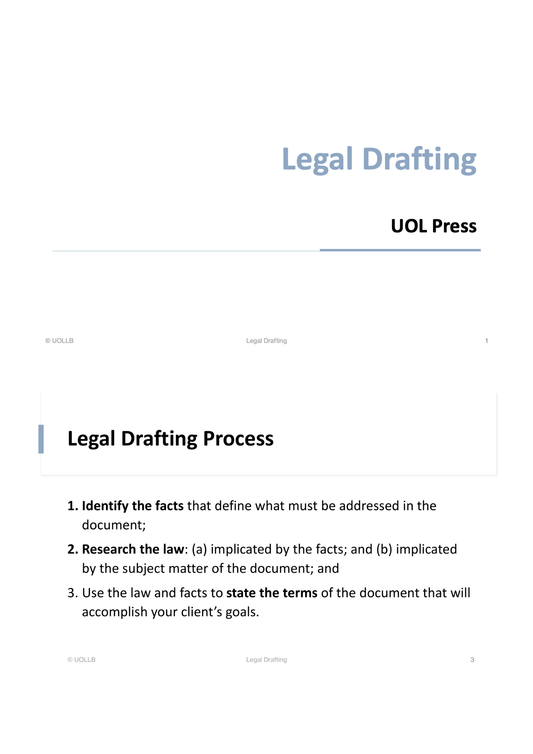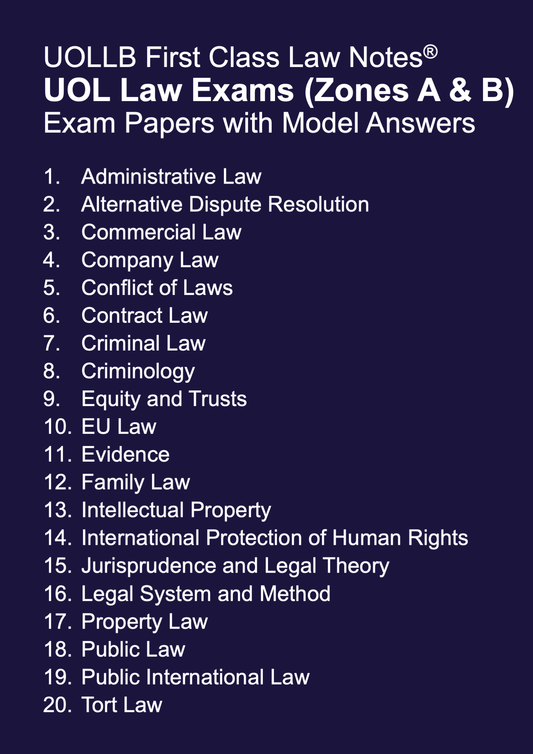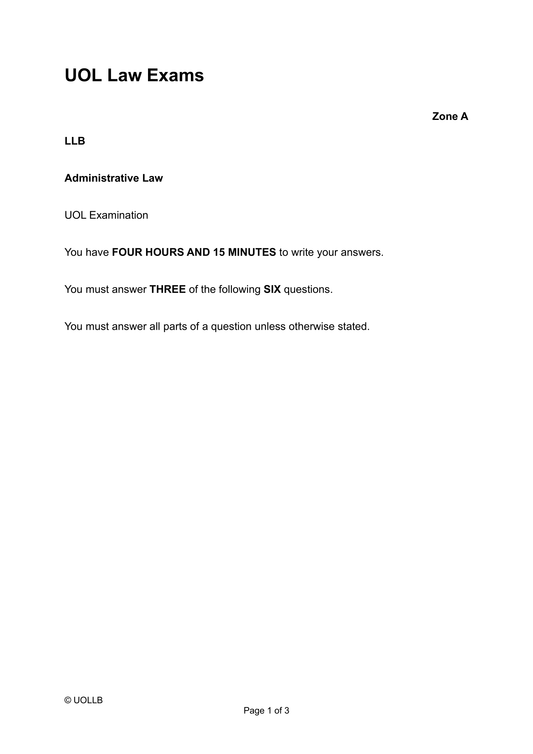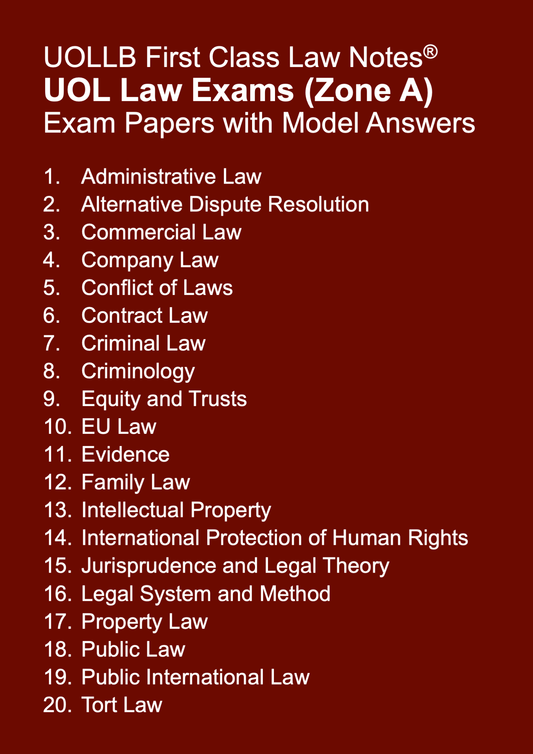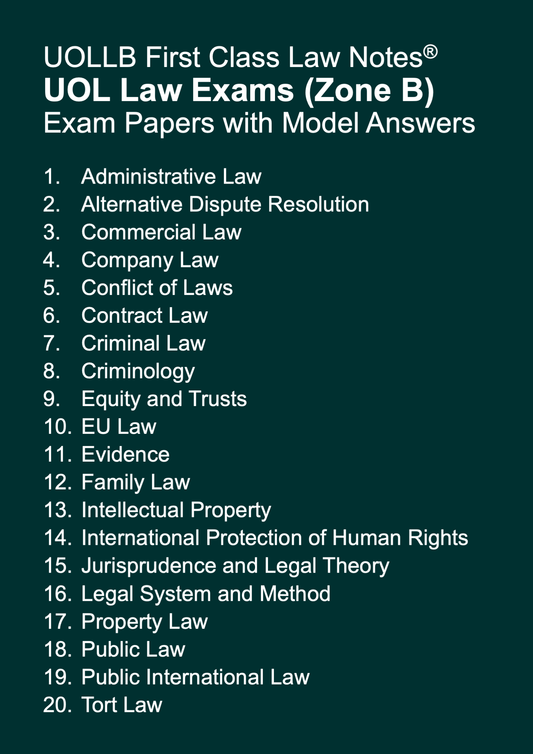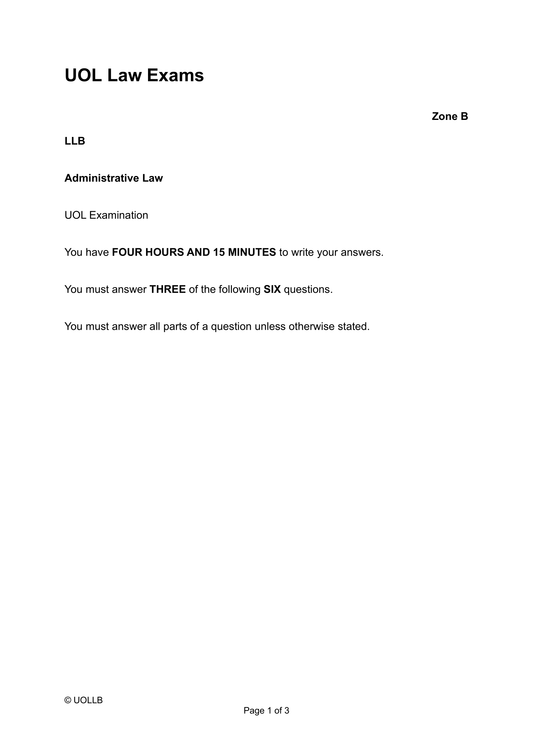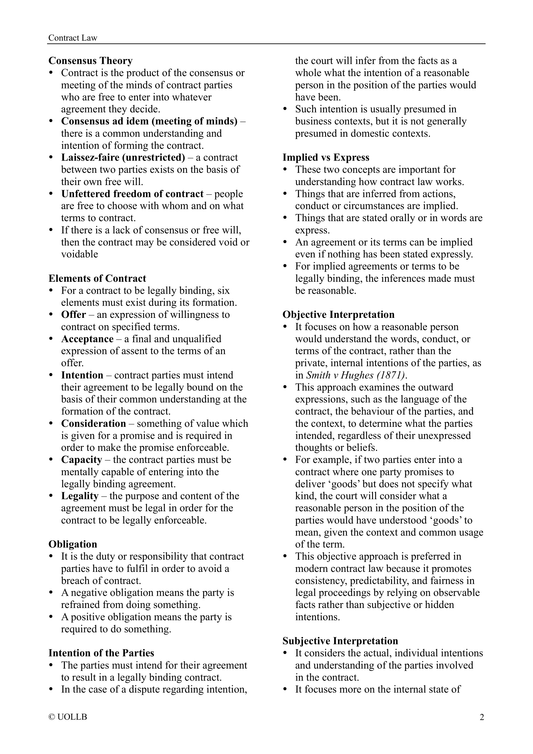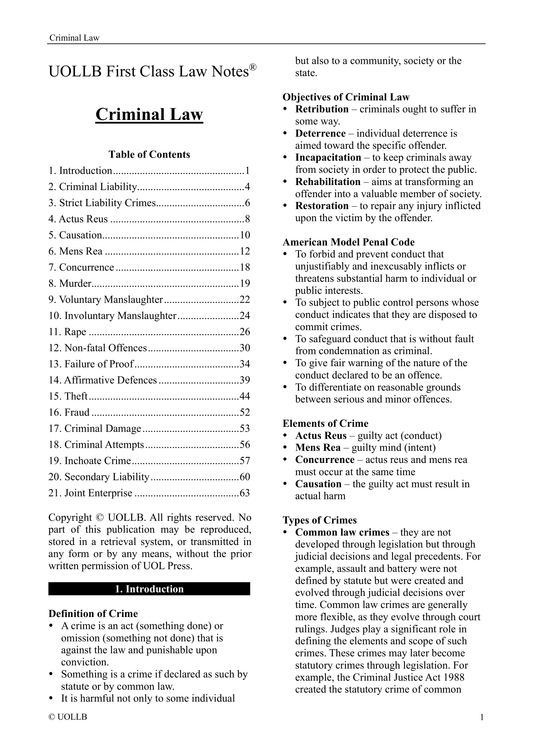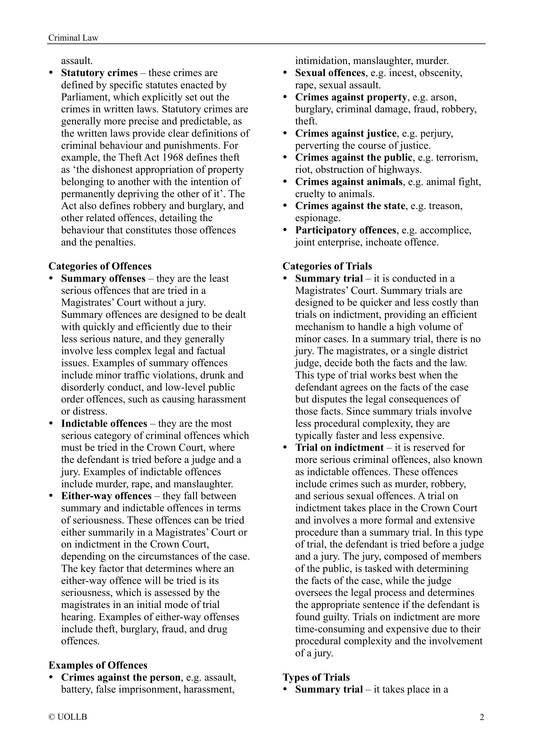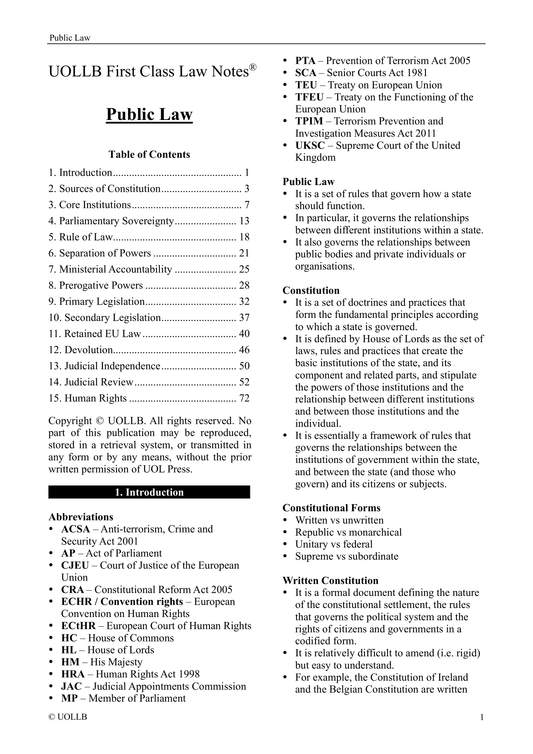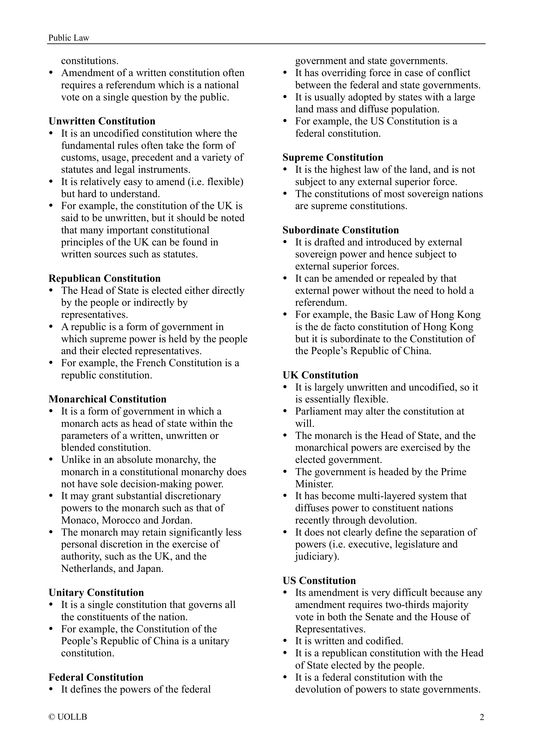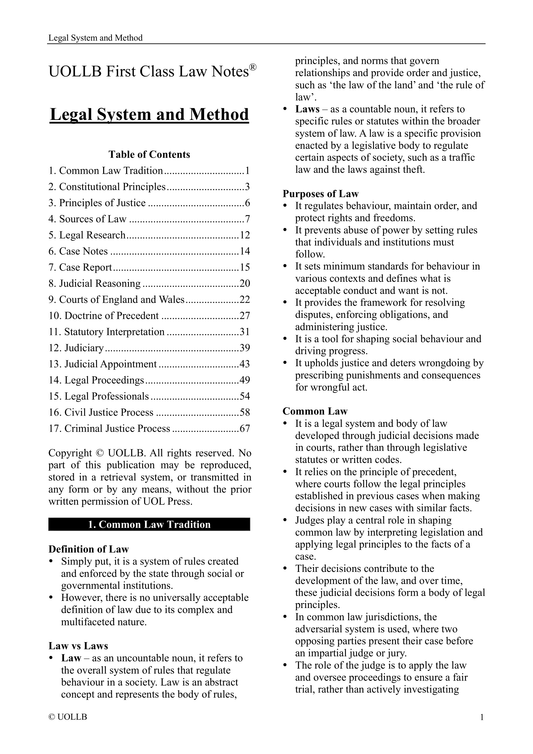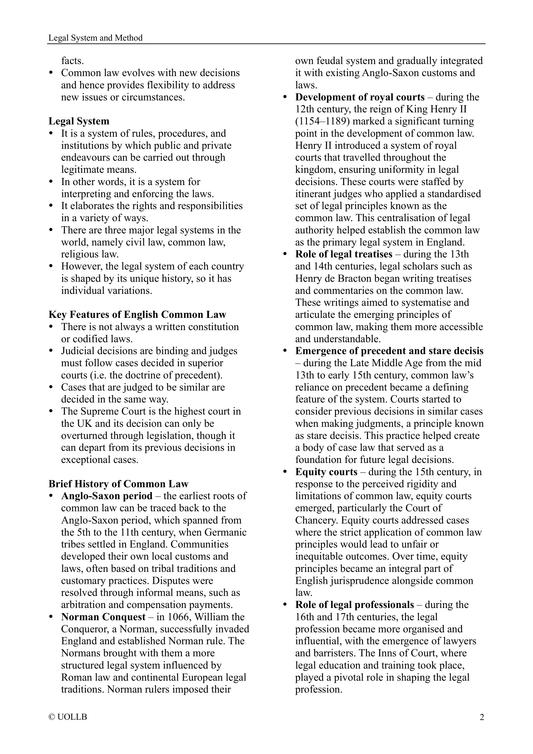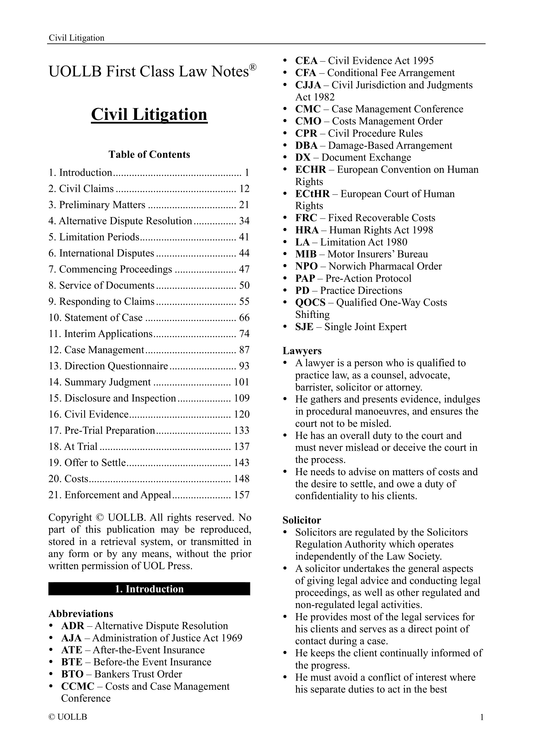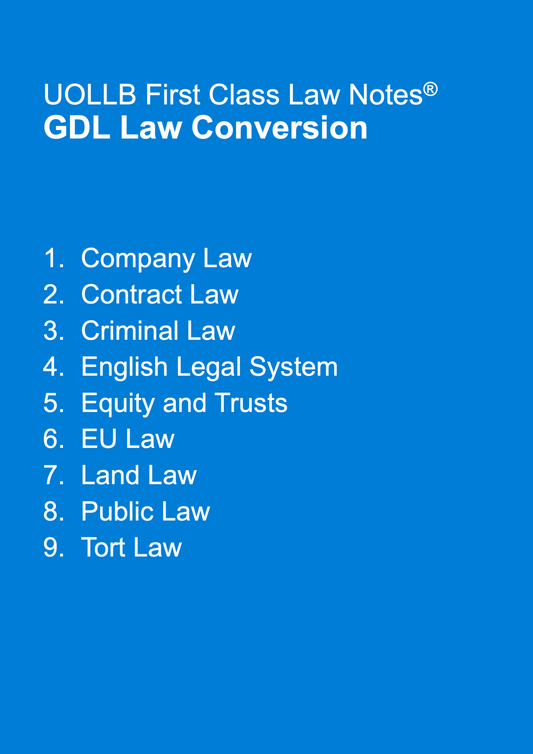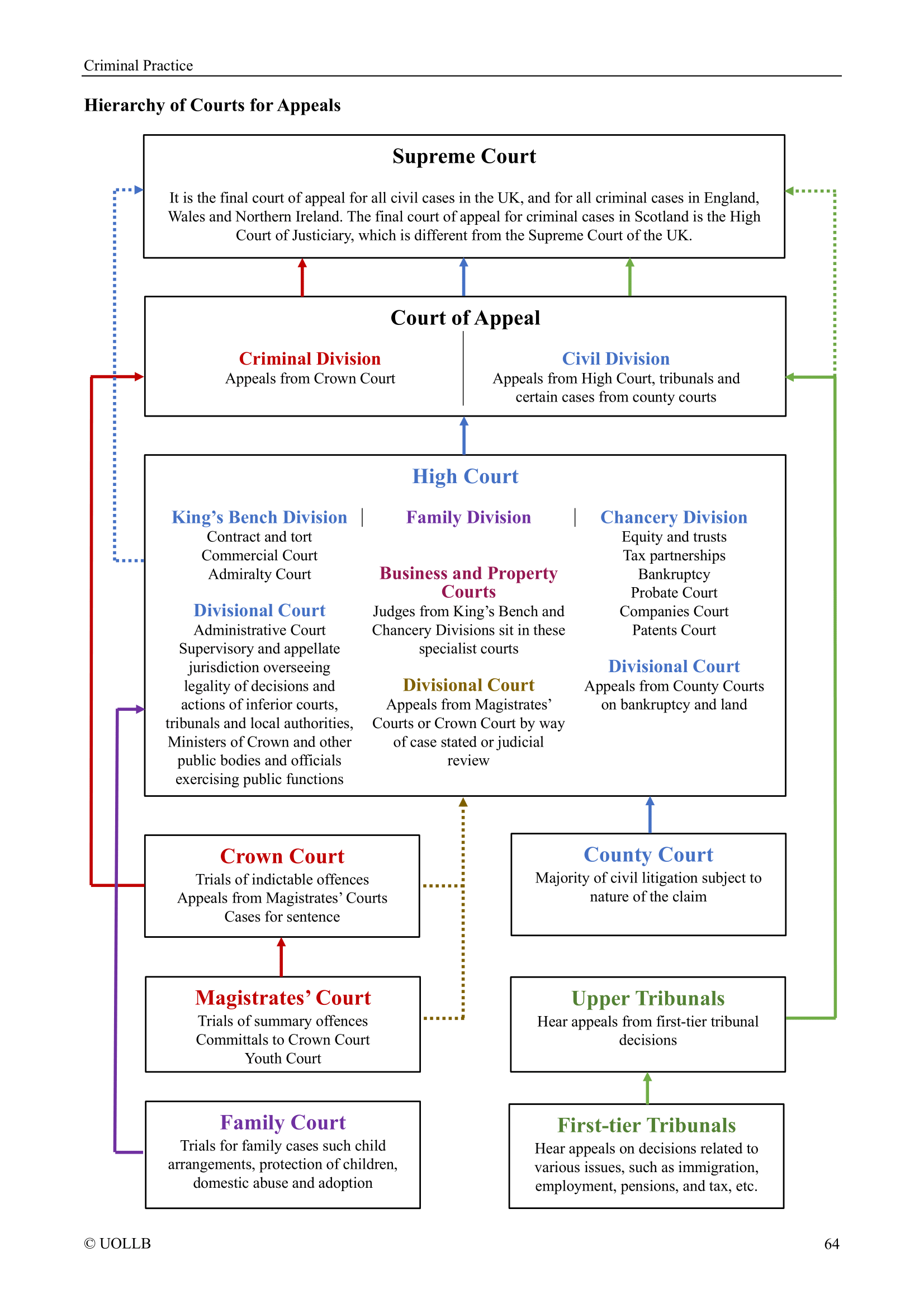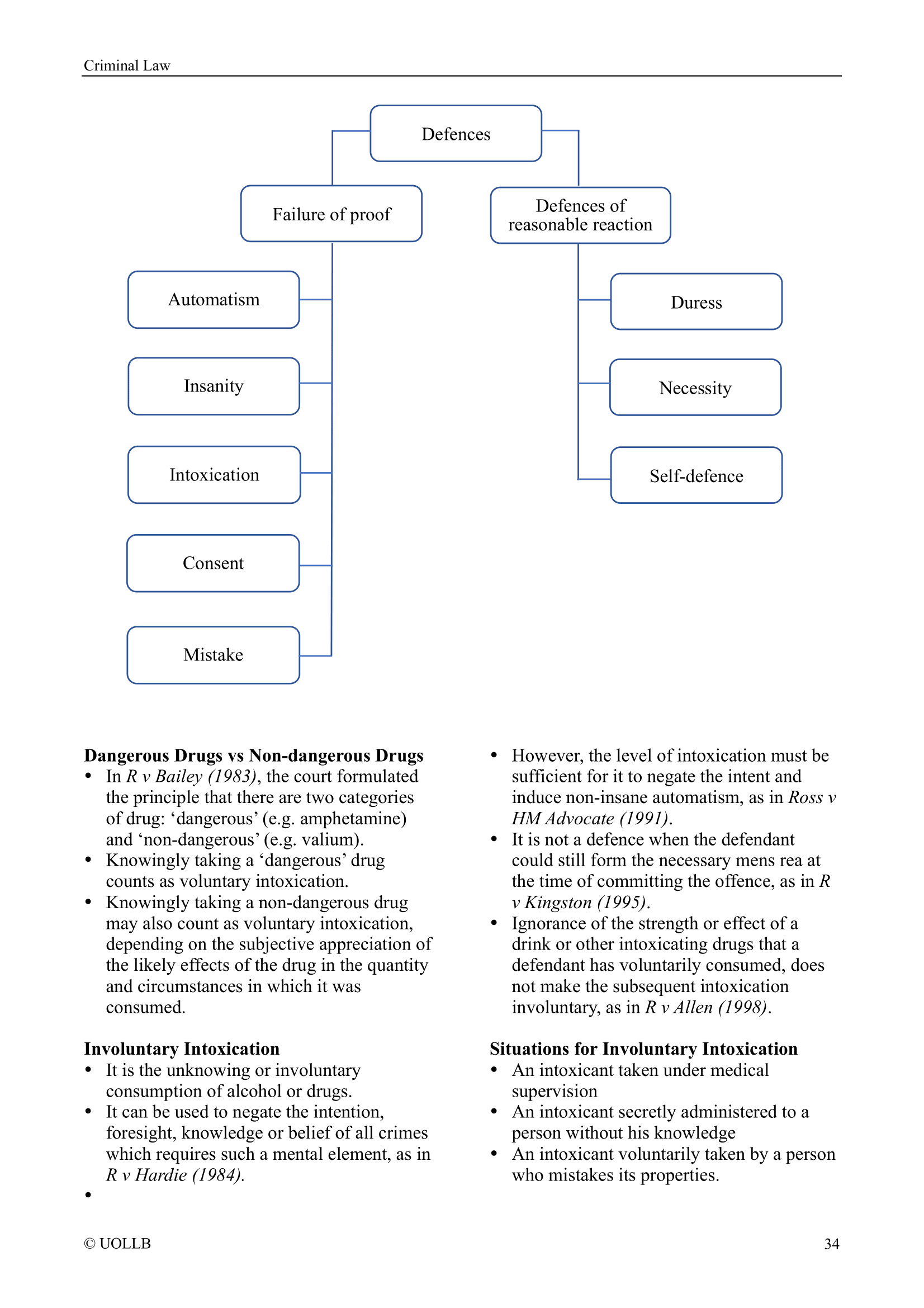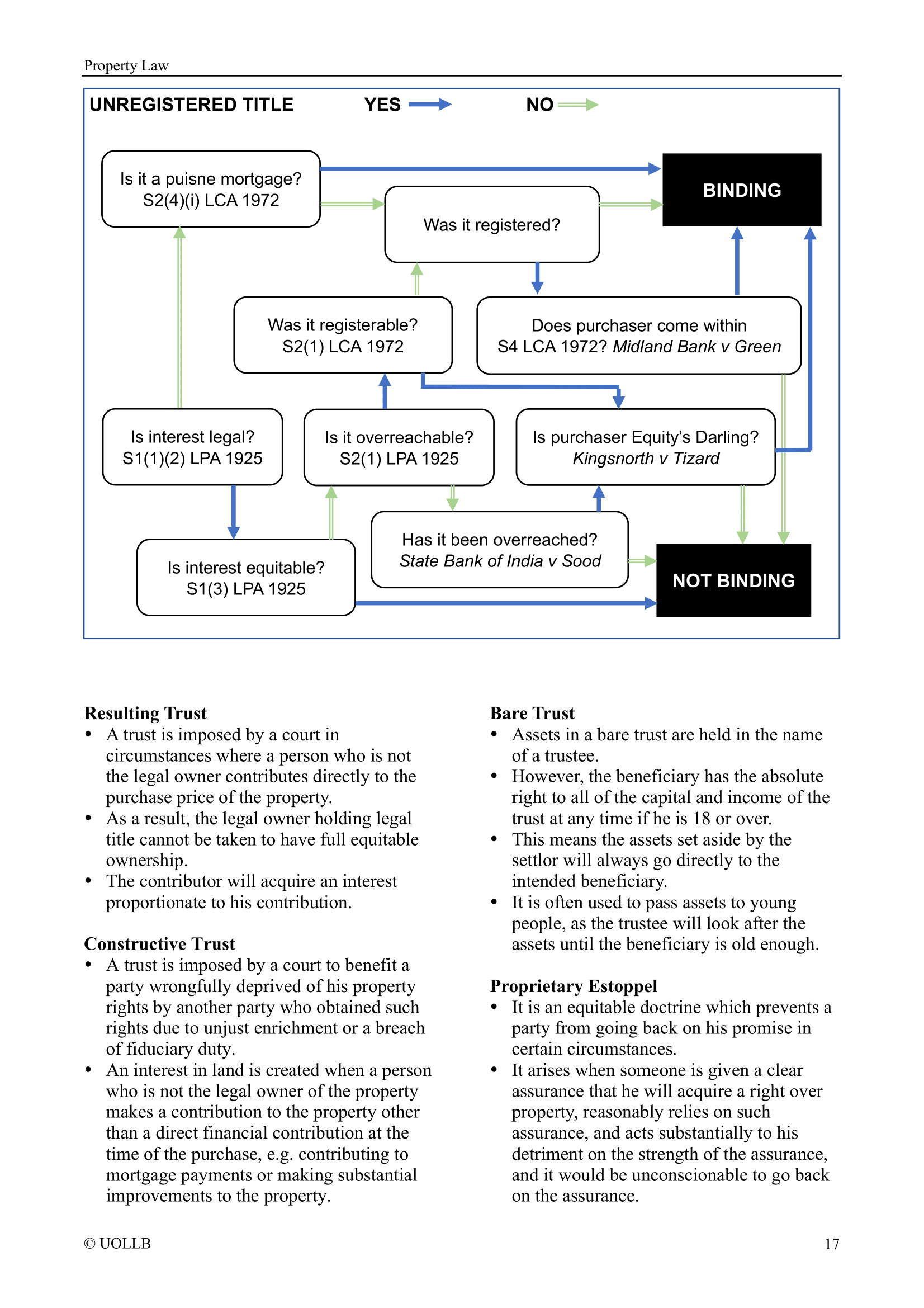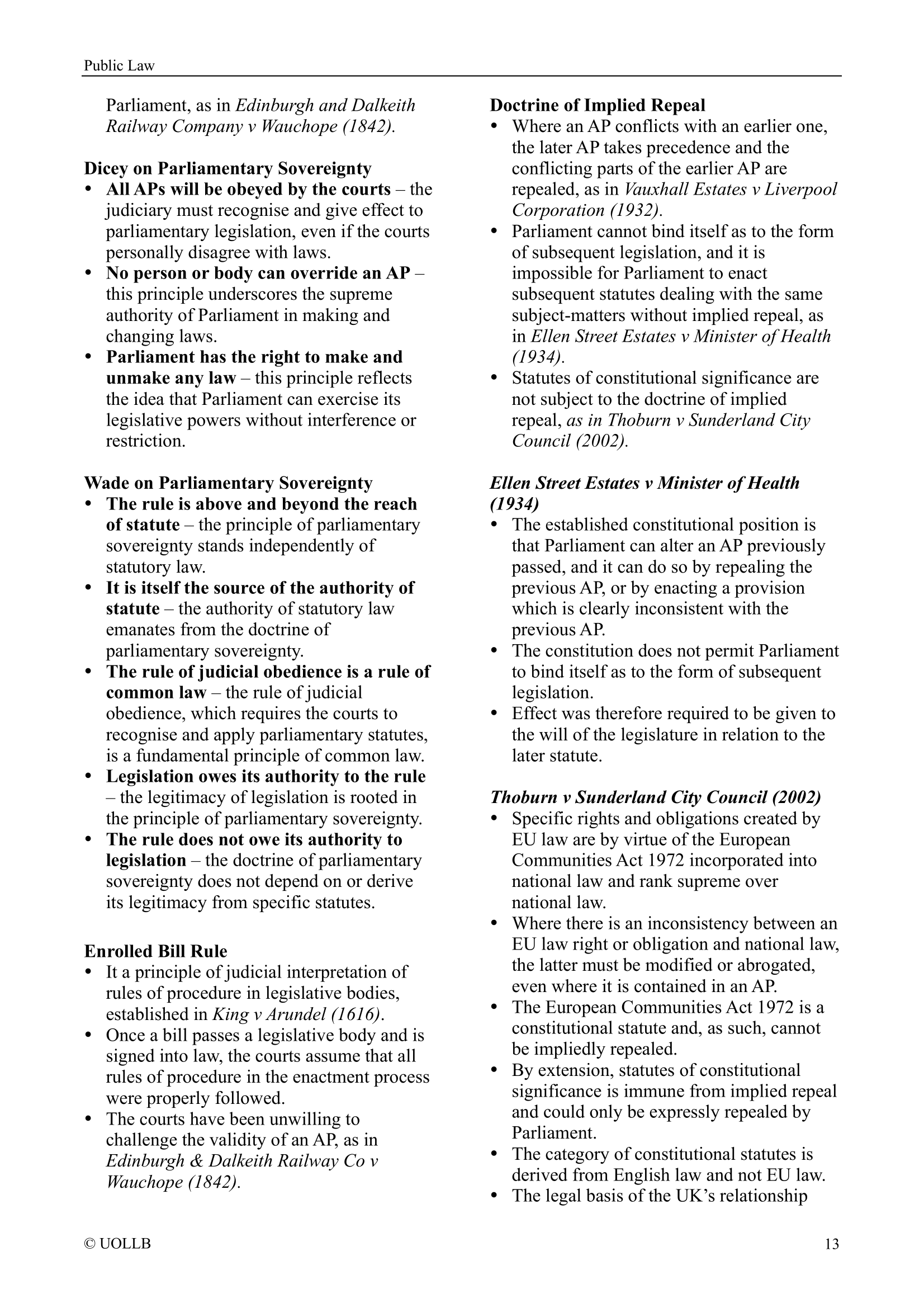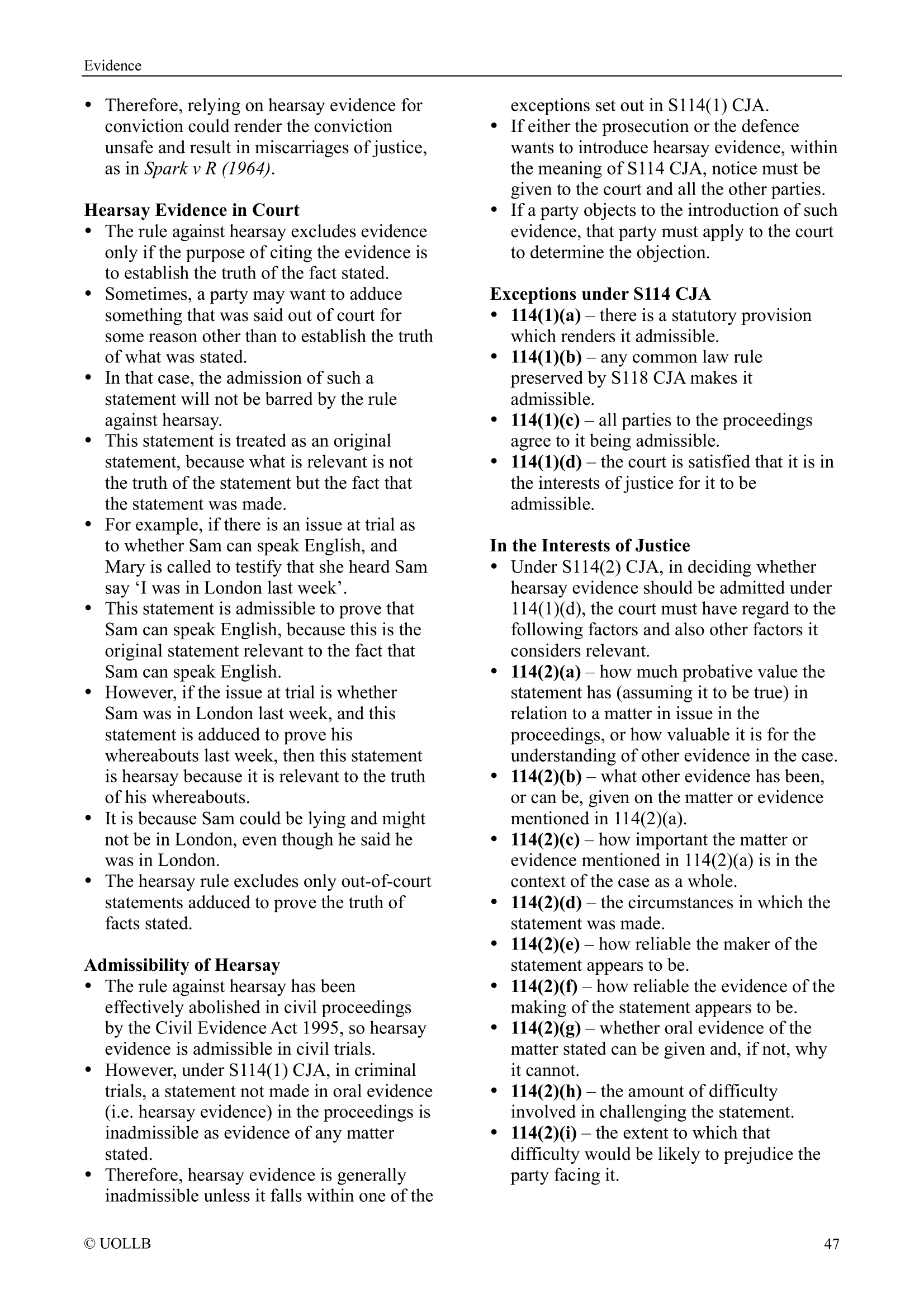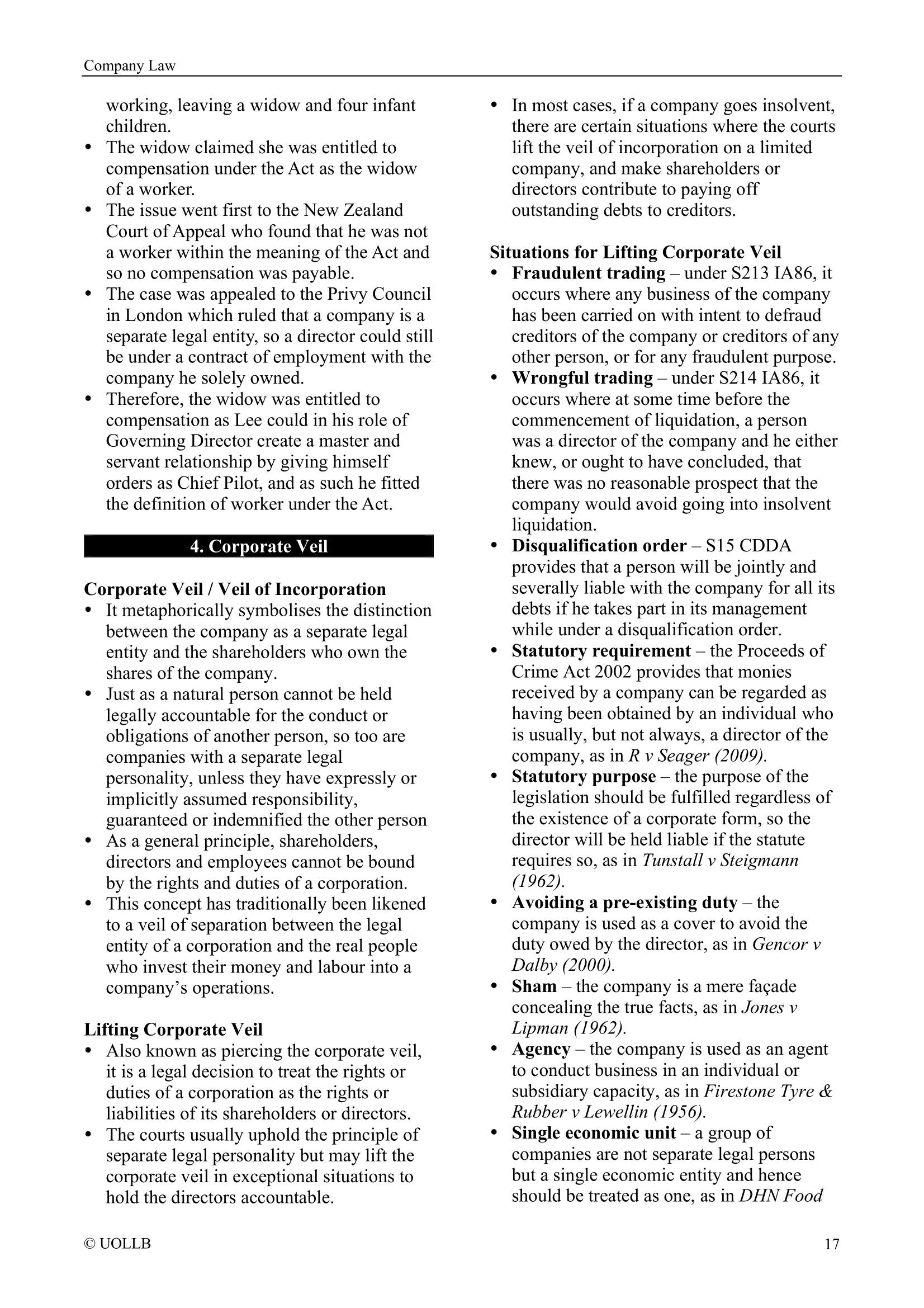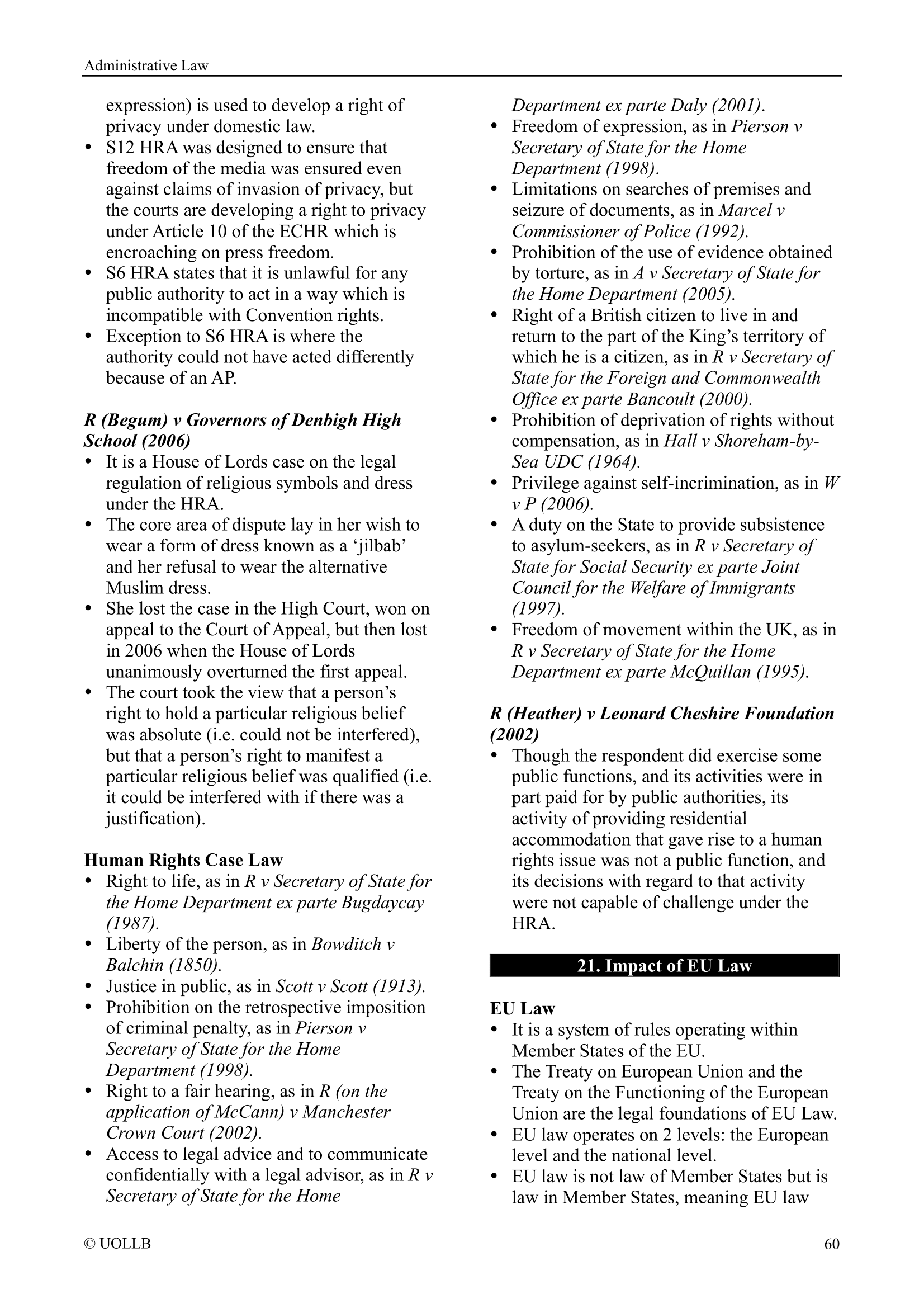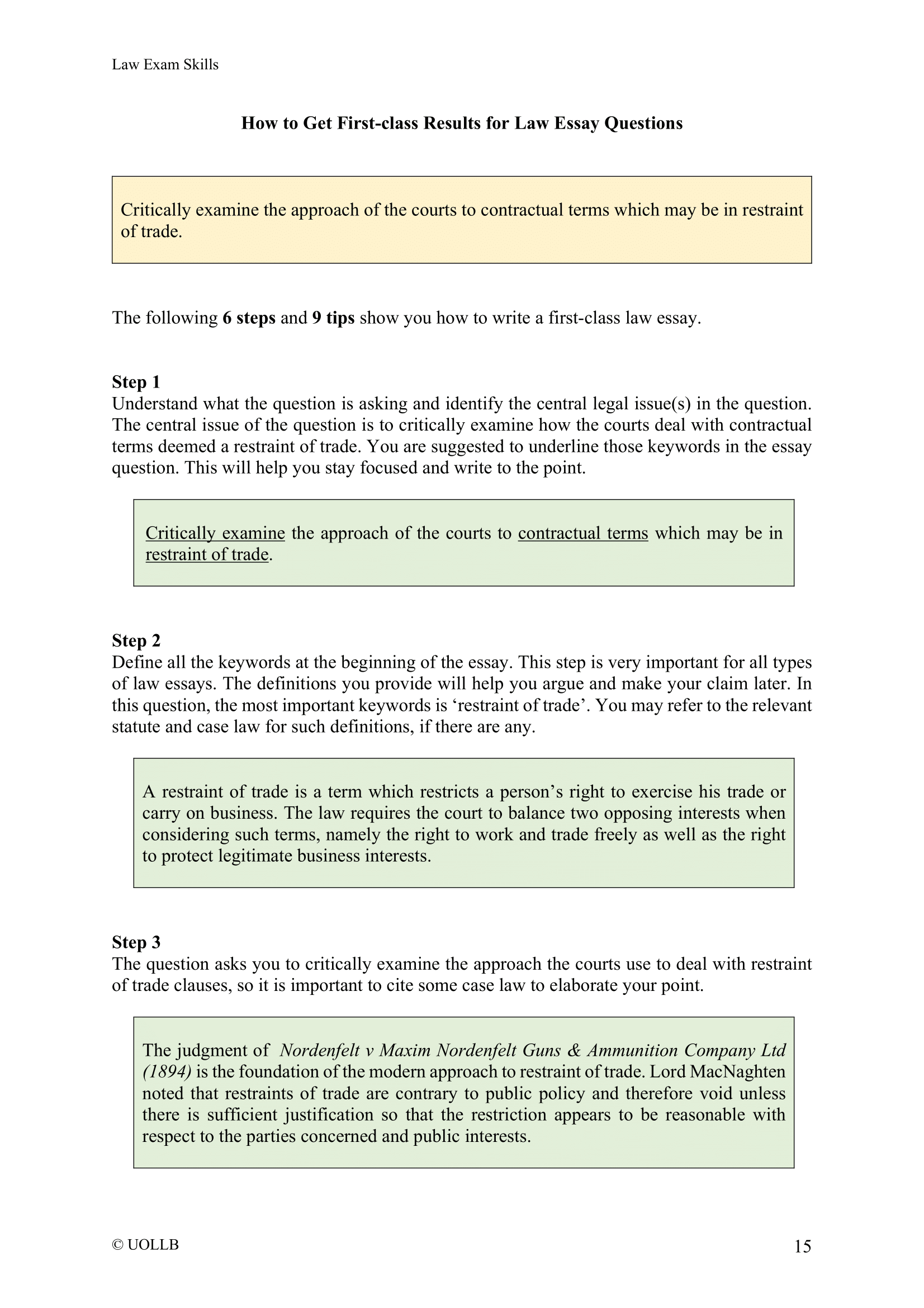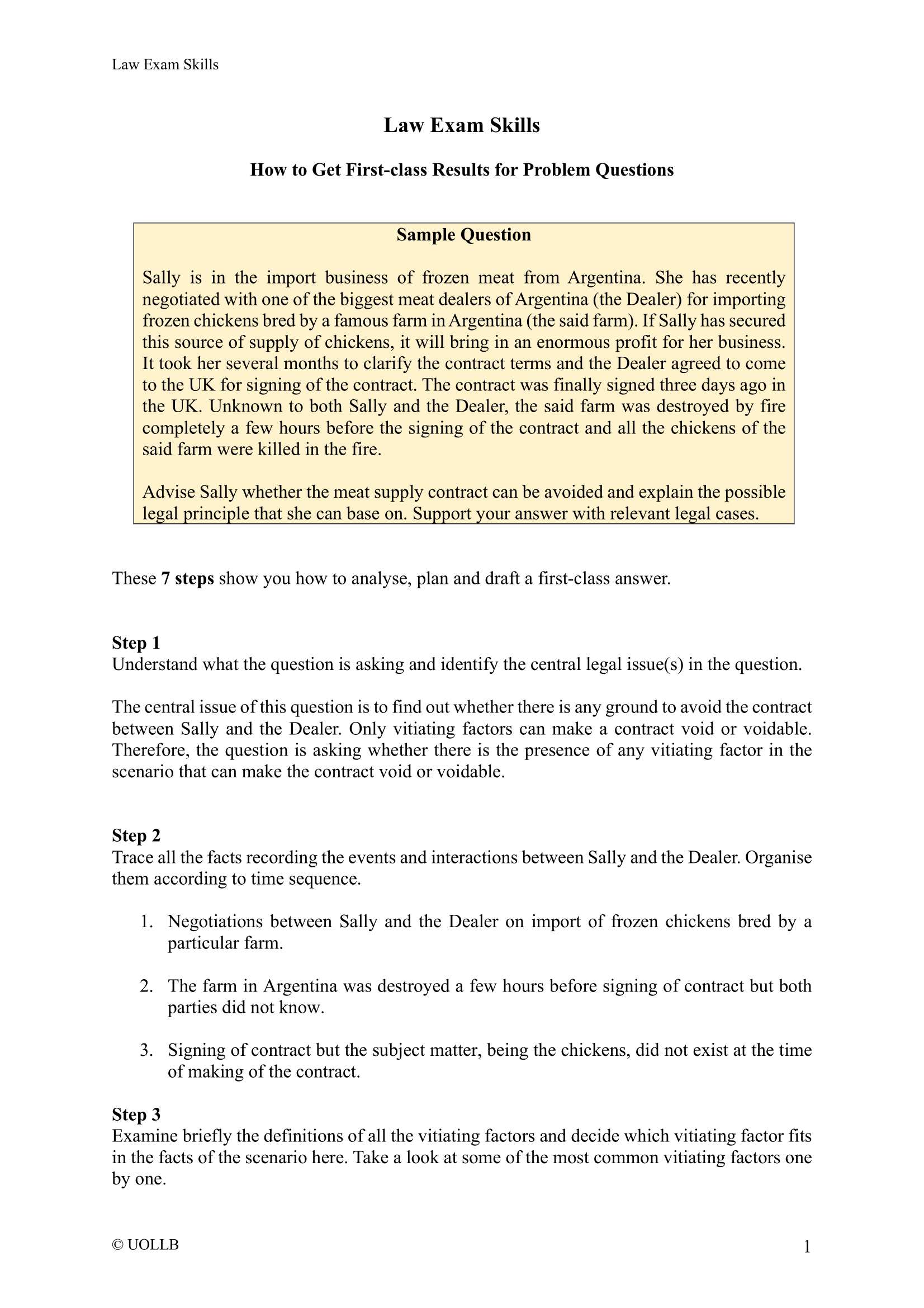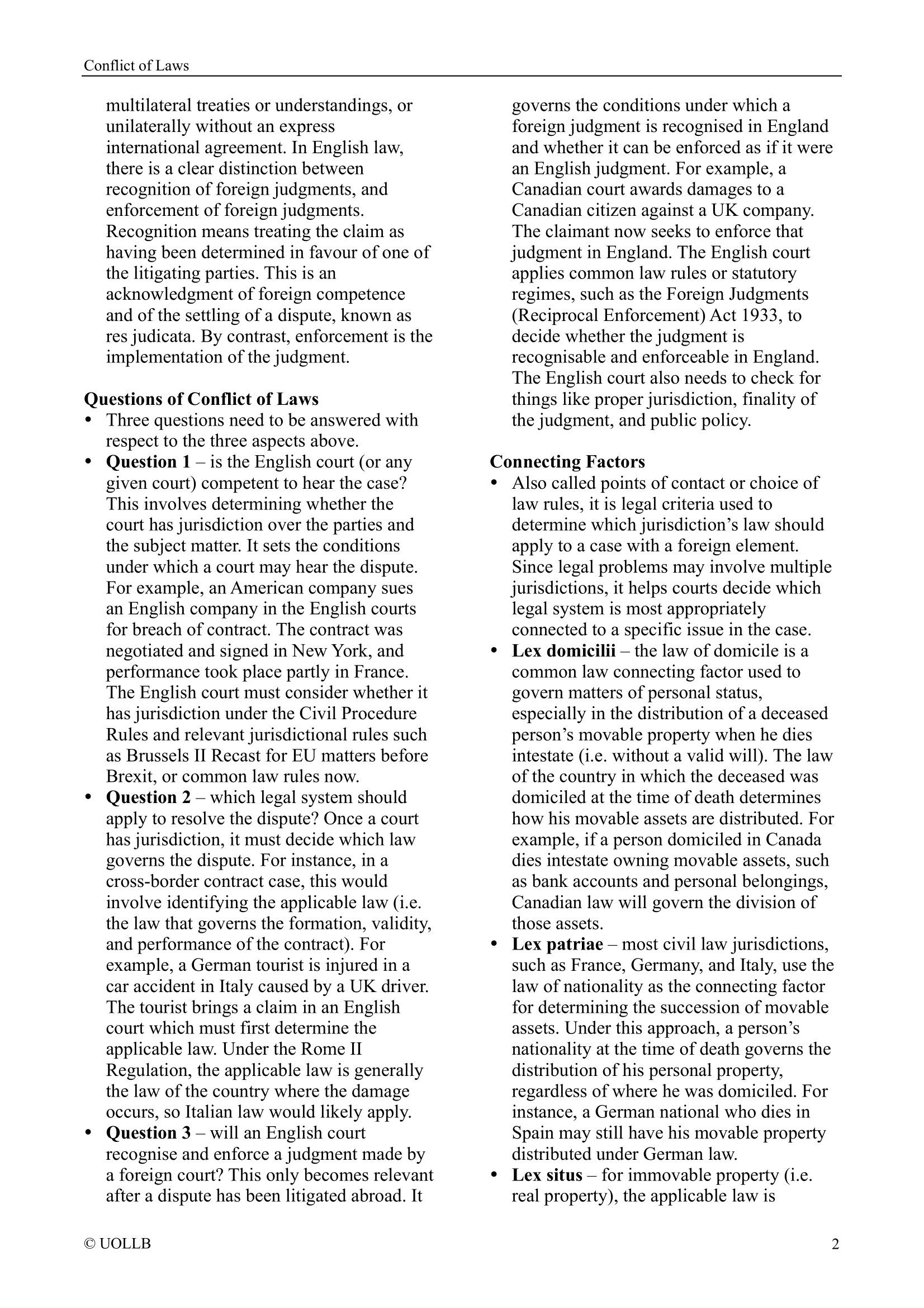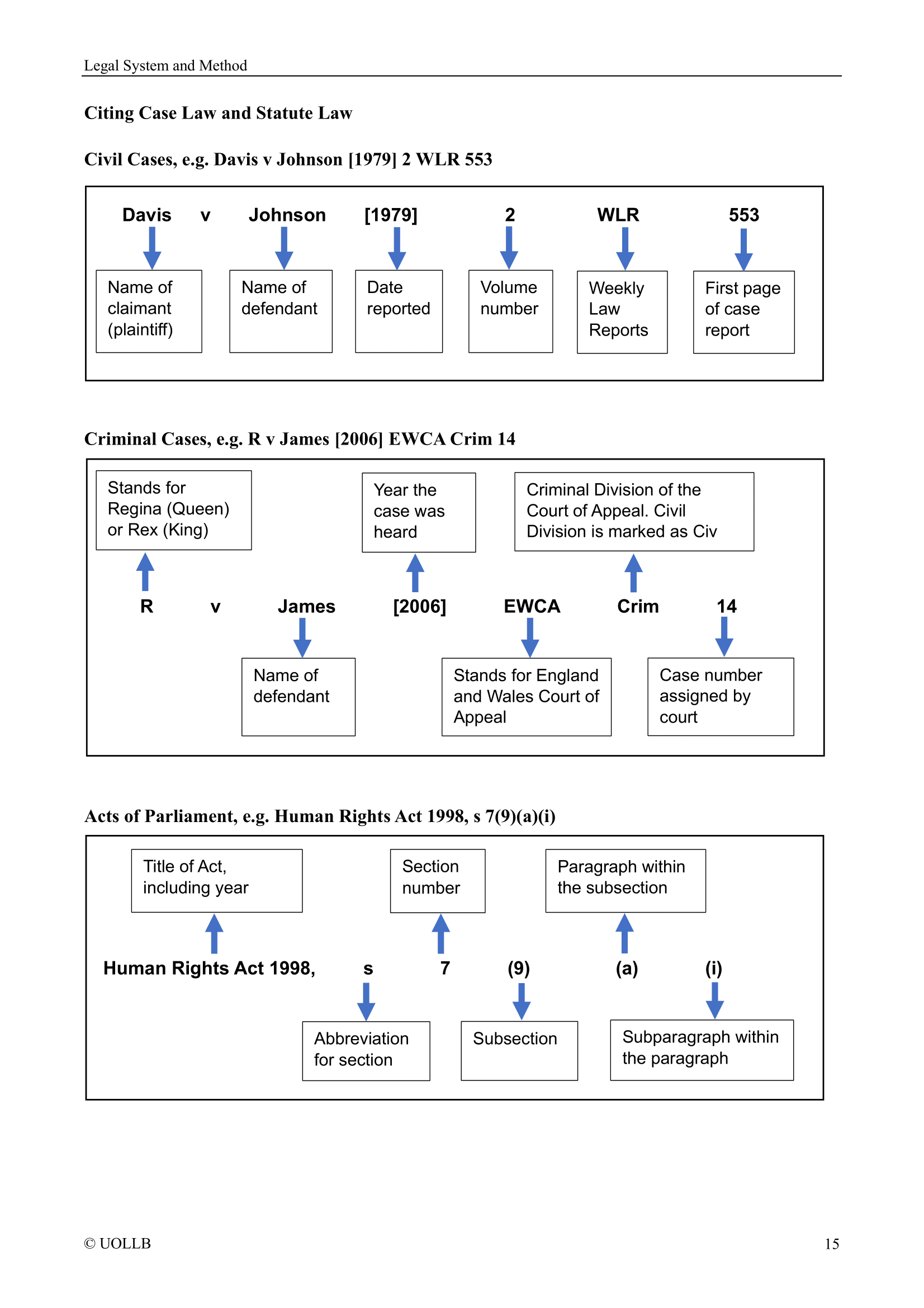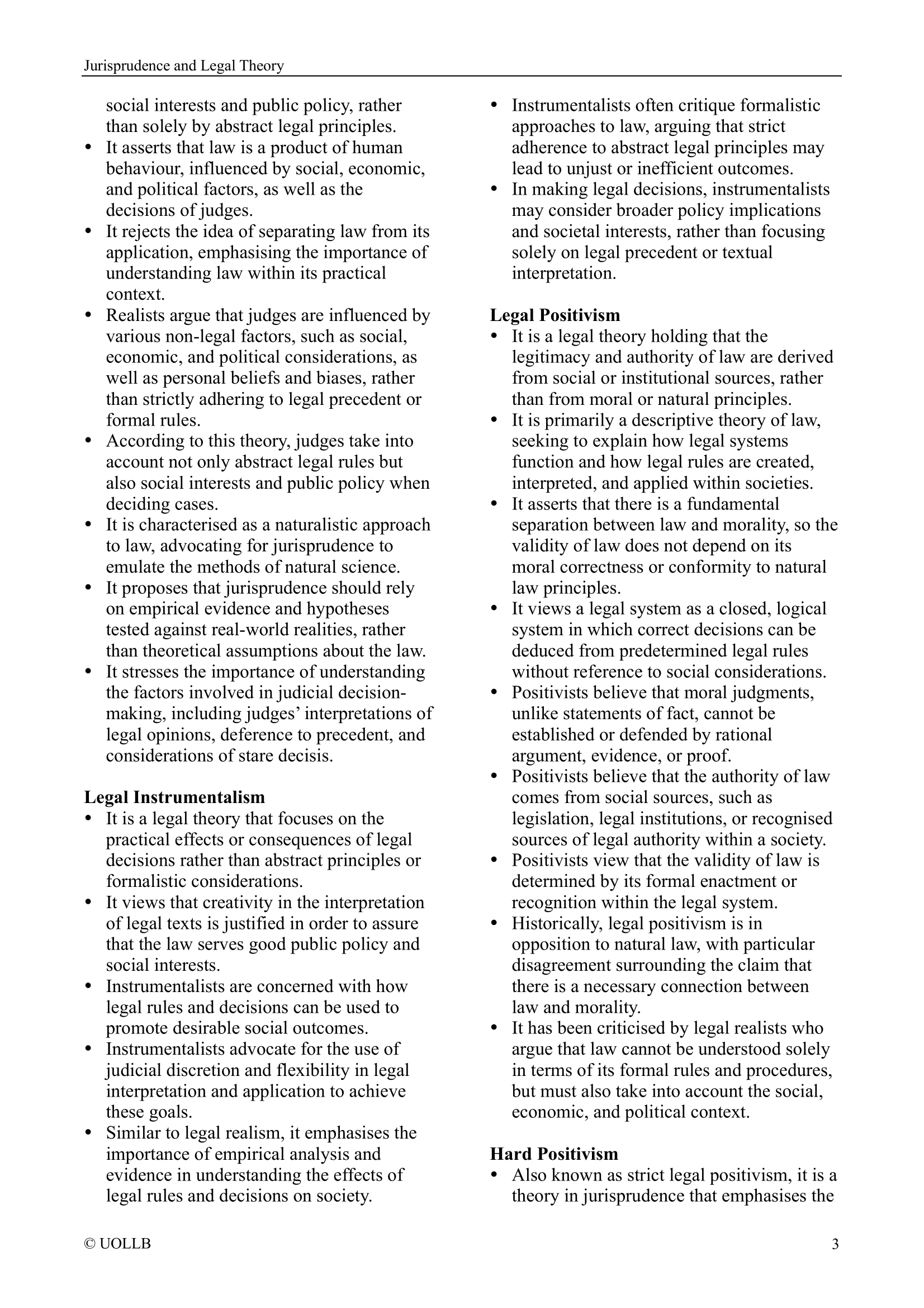Weaknesses of Civil Law Systems
Share
Civil law, rooted in Roman legal tradition and codified primarily through comprehensive statutes, represents one of the two dominant legal traditions in the modern world. Found across continental Europe, Latin America, and parts of Asia and Africa, civil law systems emphasise written codes, the authority of the legislature, and the role of judges as interpreters rather than creators of law. This structure offers many strengths, such as clarity, predictability, and centralised legislative authority, but no legal system is perfect, and civil law has its own share of weaknesses. For all its structure, it can struggle with the unpredictability of real life.
1. Rigidity and Over-Reliance on Codification
A foundational characteristic of civil law is the belief that law should be comprehensive and codified in advance. However, this emphasis on detailed legal codes can lead to rigidity. Legislators cannot anticipate every factual or social circumstance, especially in a rapidly evolving world. As a result, legal codes may fail to address novel or unforeseen situations. In such instances, judges may be restricted in their ability to interpret the law flexibly, leading to outcomes that are formally correct but substantively unjust. The rigidity of codification thus poses a significant barrier to equitable legal resolution in cases that fall outside the scope of the written law.
2. Constrained Judicial Discretion
Civil law systems traditionally limit the discretion of judges by confining them to the application of statutory law. Judges are expected to apply the law as written, with minimal interpretation or innovation. While this serves the objective of legal certainty, it can hinder the development of the law in response to societal change. Judges in civil law systems are often unable to fill legislative gaps or adapt legal norms incrementally, unlike their common law counterparts who develop jurisprudence through precedent. This restricted role may reduce the judiciary’s ability to respond to evolving norms and values.
3. Inflexible Legislative Processes
Given that civil law reform must generally come from the legislature, necessary changes to legal codes can be delayed by political inertia, bureaucratic inefficiency, or lack of consensus. This reliance on formal legislative amendment creates a temporal gap between the identification of legal inadequacies and their rectification. During this period, courts must continue applying outdated or inadequate laws, potentially leading to unjust outcomes or inconsistent interpretations. The slow pace of legislative reform thus undermines the responsiveness of civil law systems to societal developments.
4. Formalism and Proceduralism
Another criticism of civil law systems is their tendency toward procedural formalism. Civil codes often prescribe highly specific procedural rules, and courts may prioritise procedural correctness over substantive justice. While procedural safeguards are essential, an excessive focus on form over substance can deny access to justice, particularly for litigants unfamiliar with the system or unable to afford legal representation. In such cases, a legitimate claim may be dismissed due to a minor procedural irregularity, resulting in outcomes that are legally valid but practically inequitable.
5. Limited Transparency and Judicial Reasoning
Decisions in civil law courts, especially at the lower levels, are often concise and lack detailed reasoning. The practice of issuing brief judgments grounded primarily in statutory provisions may limit transparency and hinder broader legal development. Without comprehensive judicial reasoning, it becomes difficult for legal scholars, practitioners, and the public to assess the principles guiding the court’s interpretation of the law. This opacity can reduce accountability and weaken public confidence in the judiciary.
6. Resistance to Legal Evolution through Case Law
Unlike common law systems, which evolve organically through precedent, civil law systems traditionally do not treat judicial decisions as binding beyond the case at hand. While modern civil law jurisdictions increasingly recognise the persuasive authority of higher court rulings, the formal doctrine of precedent is generally absent. This can hinder the organic evolution of legal doctrine and limit the capacity of the judiciary to guide lower courts or resolve ambiguity. In the absence of a robust case law tradition, the development of legal norms may lag behind social and technological progress.
While civil law systems provide a structured and comprehensive legal framework, their effectiveness is often constrained by rigidity, procedural formalism, and limited judicial discretion. The lack of a dynamic case law tradition and the slow pace of legislative reform can impede the system’s responsiveness to contemporary challenges. A more balanced approach that preserves the strengths of codification while enhancing the flexibility and responsiveness of judicial decision-making may be necessary to address these systemic weaknesses. As societies and legal needs continue to evolve, civil law systems must adapt to maintain their legitimacy and effectiveness.

